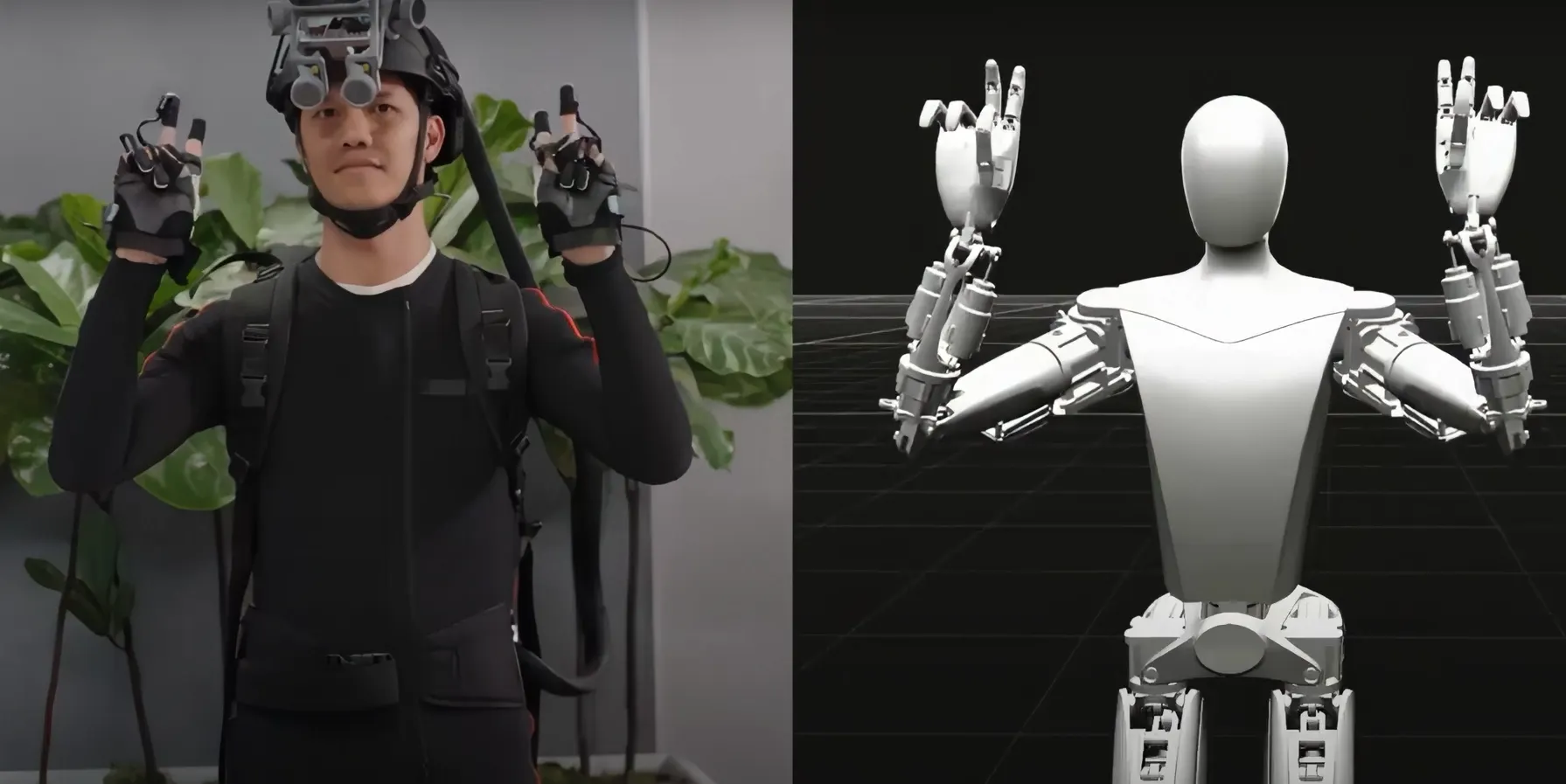Tesla is on the hunt for a new kind of employee: so-called “data collection operators” who will help train their Optimus robots. However, the data being collected will be their body movements, recorded with motion capture equipment.
The job, posted on the Tesla Careers site, is offering $25.25 to $48 per hour for the right candidates to “wear a motion capture suit and virtual reality headset while performing designated movements” at its Palo Alto, Calif. facility.
Listed as a “Tesla Bot” position, the work will advance Tesla's research into humanoid robots, which CEO Elon Musk said has already deployed in its factory and offices. The real-world data collection, in other words, may ultimately help the company automate jobs performed by humans.
As Tesla begins using a small number of Optimus robots for its internal operations, mass production for third-party companies is set to start in 2026. The upcoming line of Optimus robots will face competition from other newcomers like the Figure 02—which is more feature-rich and capable—and the robots built by OpenAI-backed 1X for domestic and industrial purposes.
The Tesla job comes with various benefits, including competitive pay, medical, dental, and vision plans, family-building and fertility benefits, 401(k) with employer match, and employee stock purchase plans. Other perks include sick and vacation time, paid holidays, childcare, and parenting support.
Three eight-hour shifts are available for around-the-clock data collection.
However, candidates will need to meet specific requirements. The job involves walking a pre-determined test route daily for data collection, and candidates must be able to walk more than seven hours a day while carrying all the gear to register their movements.
Continuous hand/eye coordination, body coordination, and “kinesthetic awareness” are also required.
It's not a one-size-fits-all position, either. Applicants must be between 5'7" and 5’11" in height.
Workers will also need to analyze the information they collect and write reports. “The primary objectives of this role are to collect data, assist with engineering requests, and report equipment feedback,” the job post reads.
Other responsibilities include starting and stopping recording devices, performing minor equipment and software debugging, providing feedback on equipment performance, analyzing and reporting on data collected during shifts, uploading data, and writing daily reports detailing observations and issues.
It's not exactly rocket science, but this is Tesla, not sister company SpaceX.

